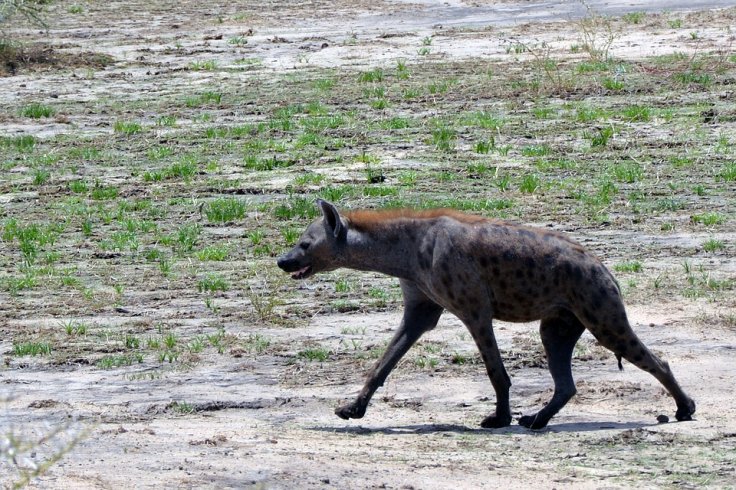
A new research report has revealed that the teeth of an animal which were found in the Yukon in the 1970s belonged to a hyena. Researchers revealed that these teeth were more than one million years ago, which indicates that these animals have roamed in Canada's arctic in ancient periods.
The findings of the new research report are now published in the journal Open Quaternary. Researchers, in the study report, noted that this new finding will shed new light on the evolution of hyena.
It should be noted that several international researchers have been conducting exploration in the area for years, and until now, more than 50,000 specimens were collected in the area. However, only two specimens of hyena were found as of now, and it indicates that these animals had a less population in the Yukon area.
This research is conducted by Grant Zazula, a palaeontologist with the Yukon government, along with Jack Tseng, an evolutionary biologist with a speciality in hyenas at the University of Buffalo and Lars Werdelin at the Swedish Museum of Natural History. These ancient teeth are now on display at the Canadian Museum of Nature in Ottawa.
In the research report, scientists also gave clues on hyenas reached Yukon. It should be noted that modern-day hyenas are usually found in Africa, and researchers suggested that hyenas arrived in North America from Russia on the Bering Strait.
A few days back, researchers had discovered a well-preserved 40,000-year-old severed wolf's head in Siberia. Interestingly, the wolf head seems so large, and researchers suggested that it has been preserved by permafrost in all these years. The head of the creature is 15.7 inches long, and the brain of the wolf, teeth and fur remained intact. This mindblowing discovery was made by local residents who were searching for mammoth ivory in the area.









